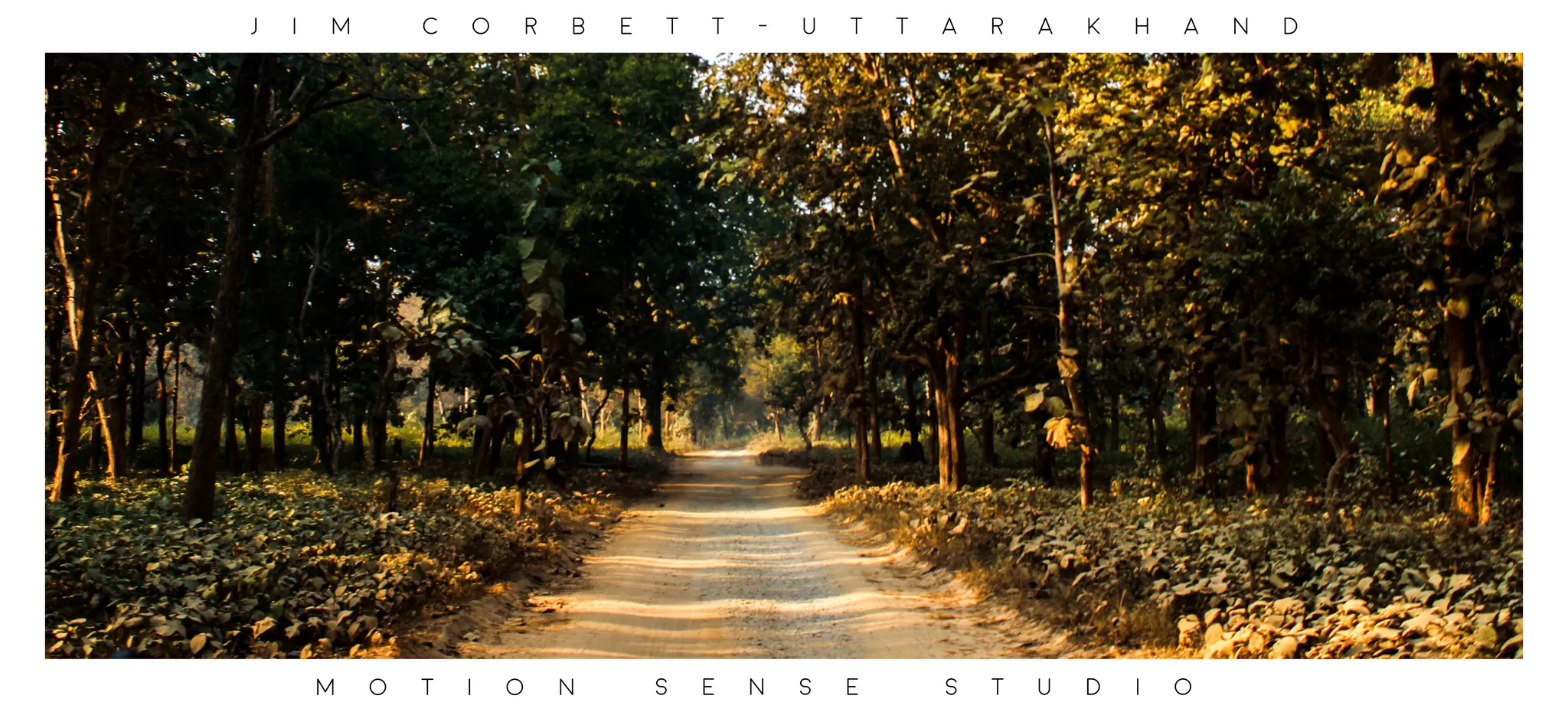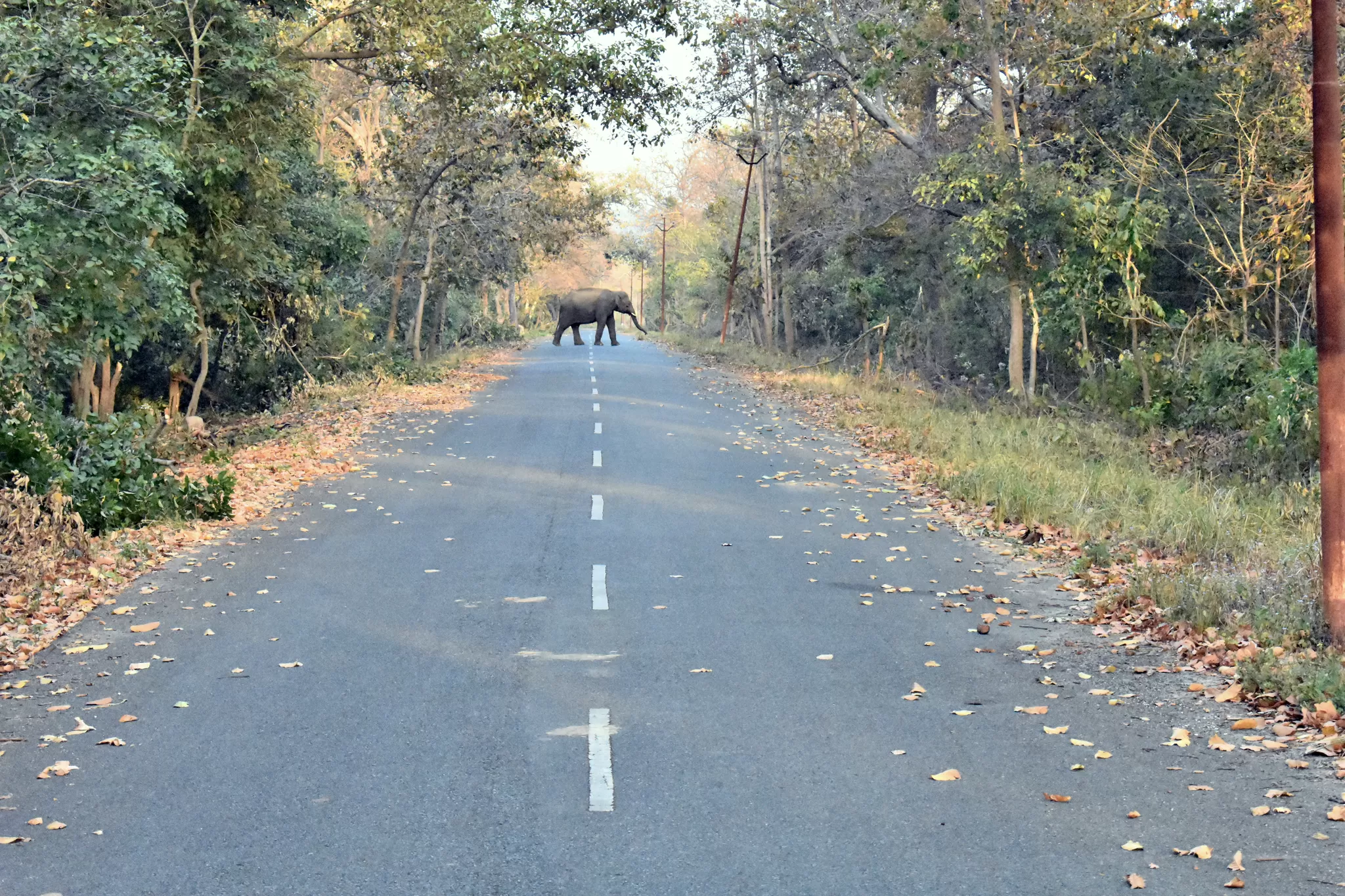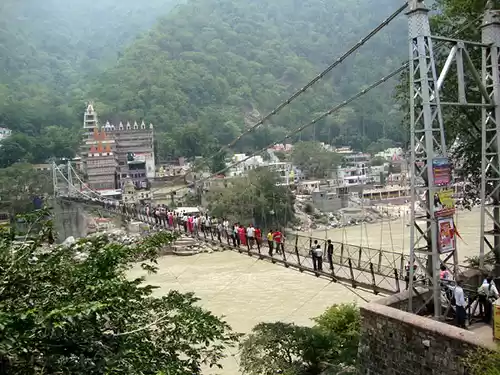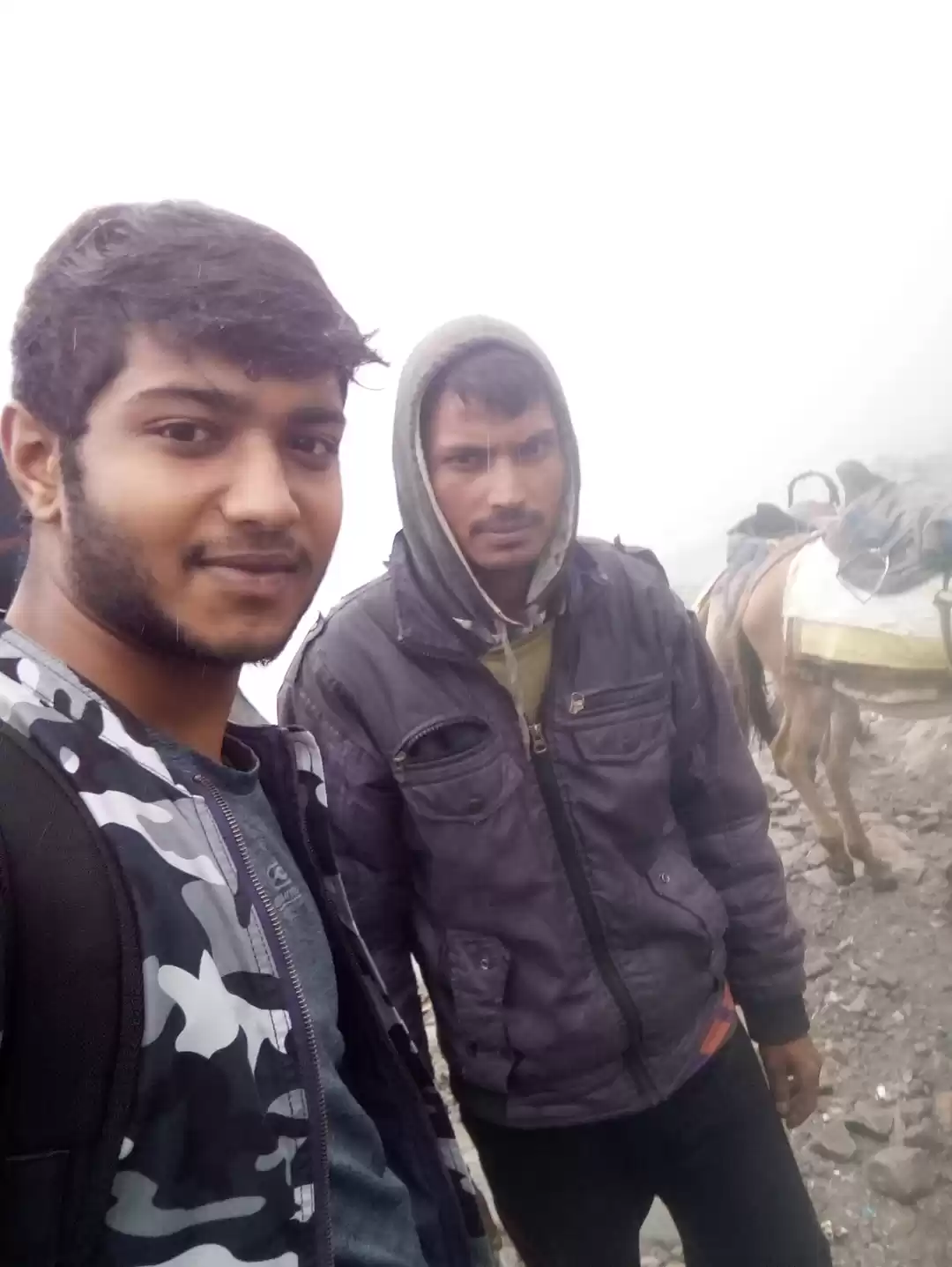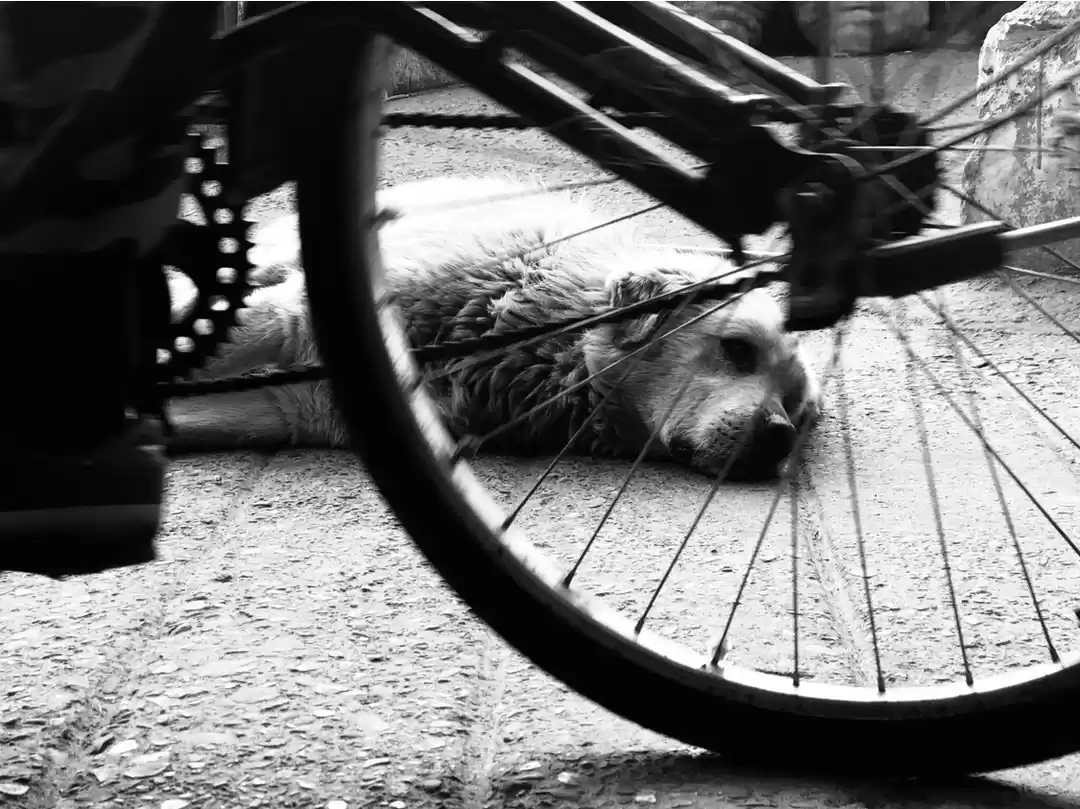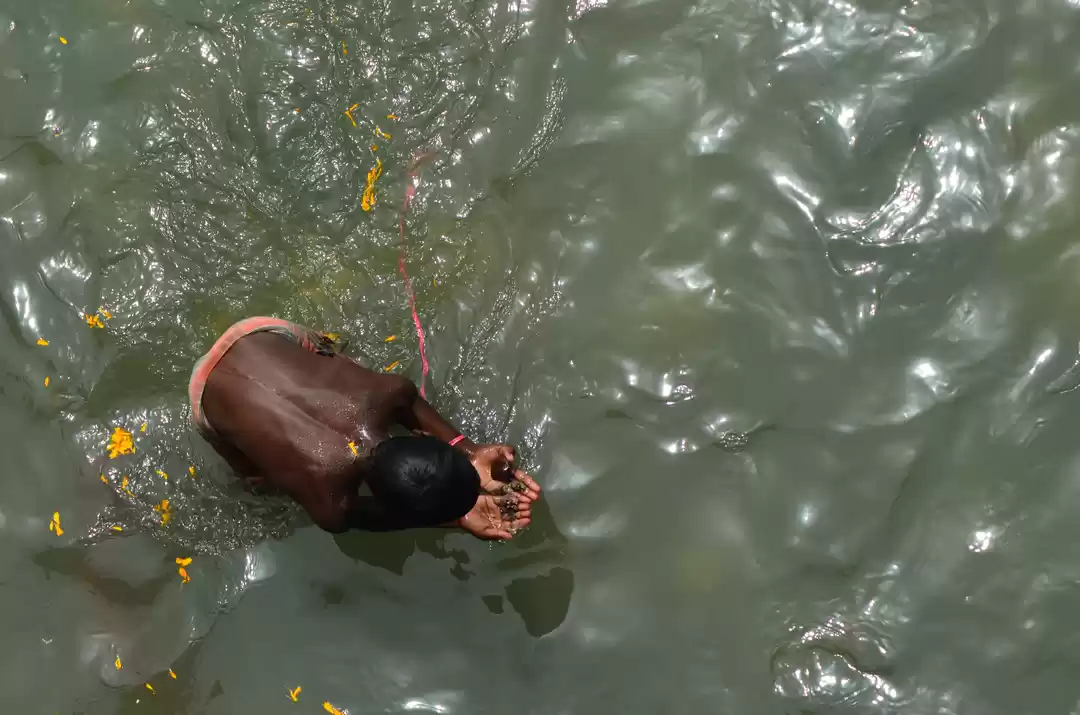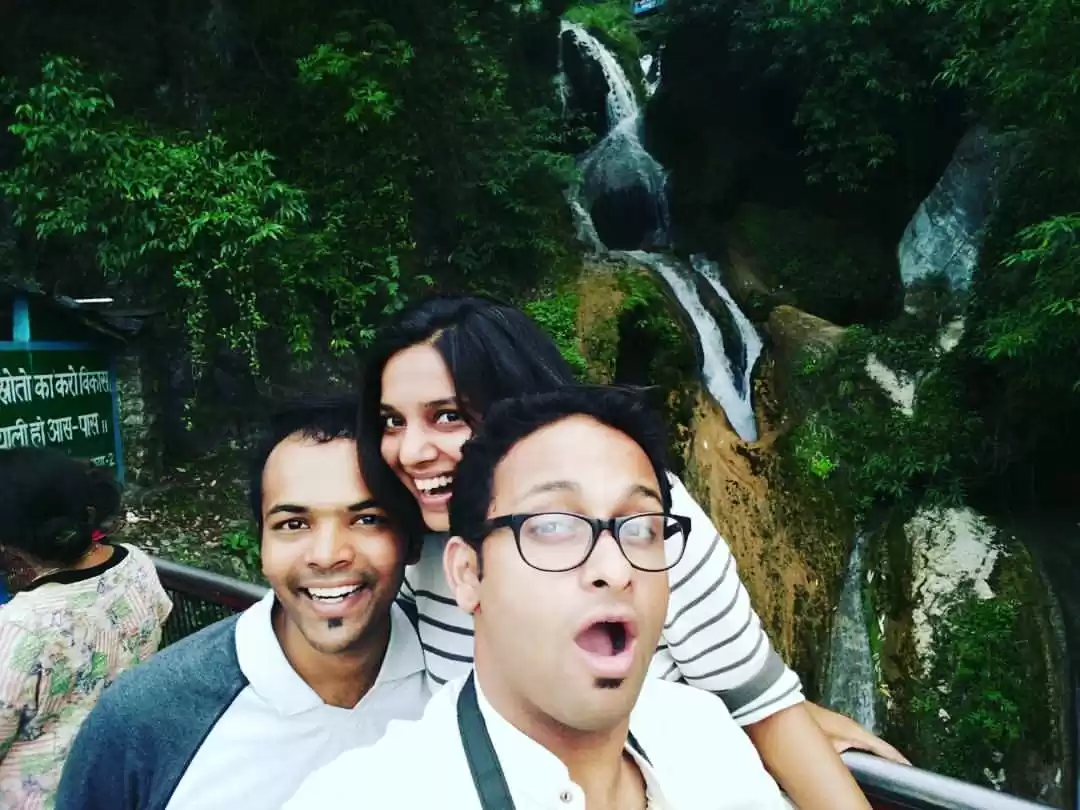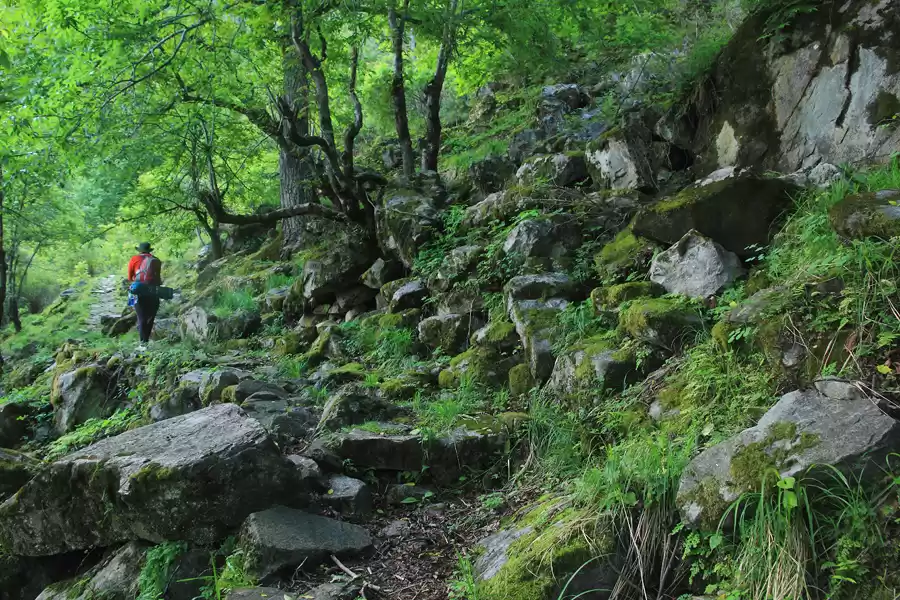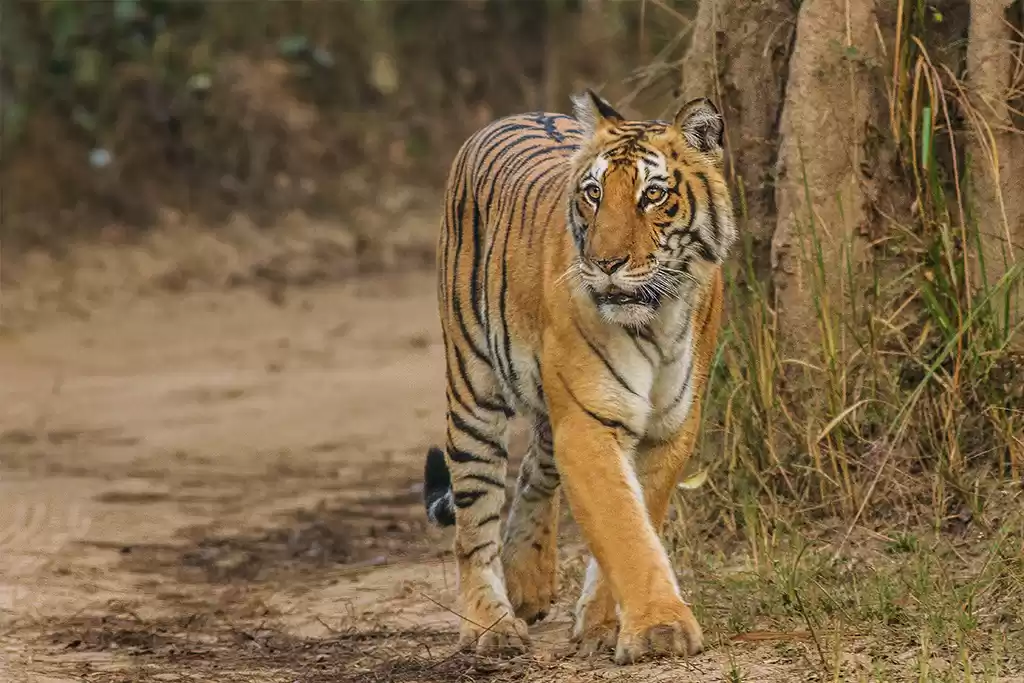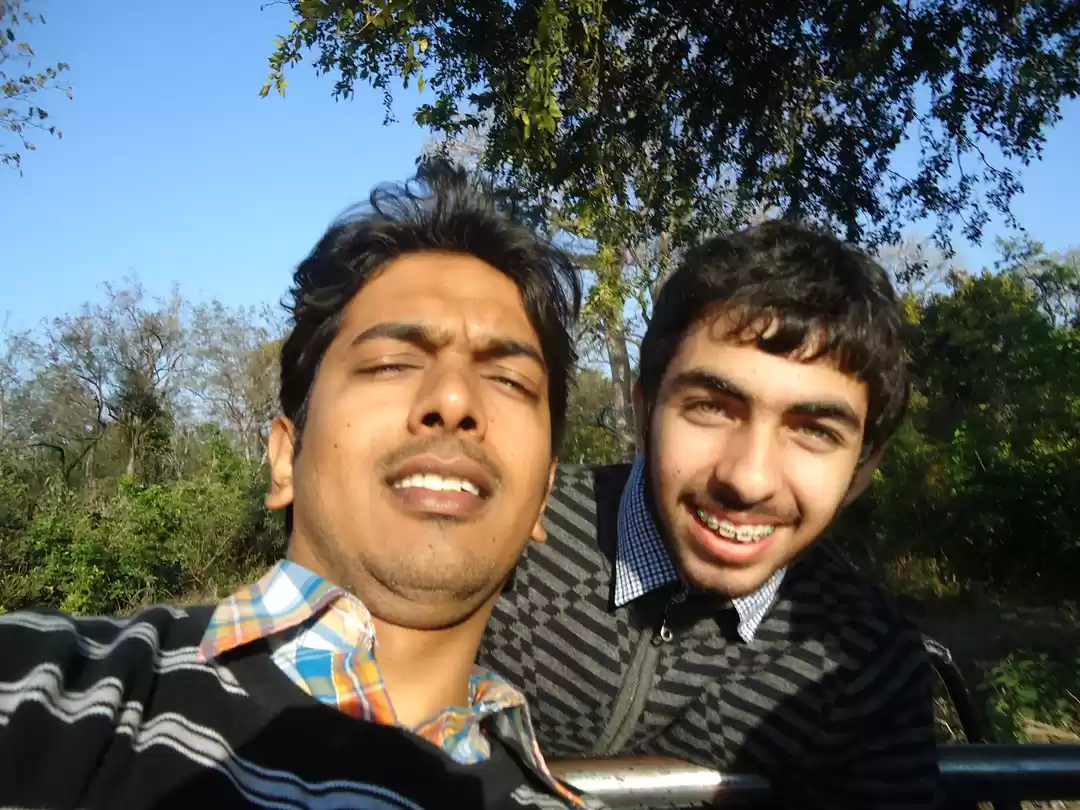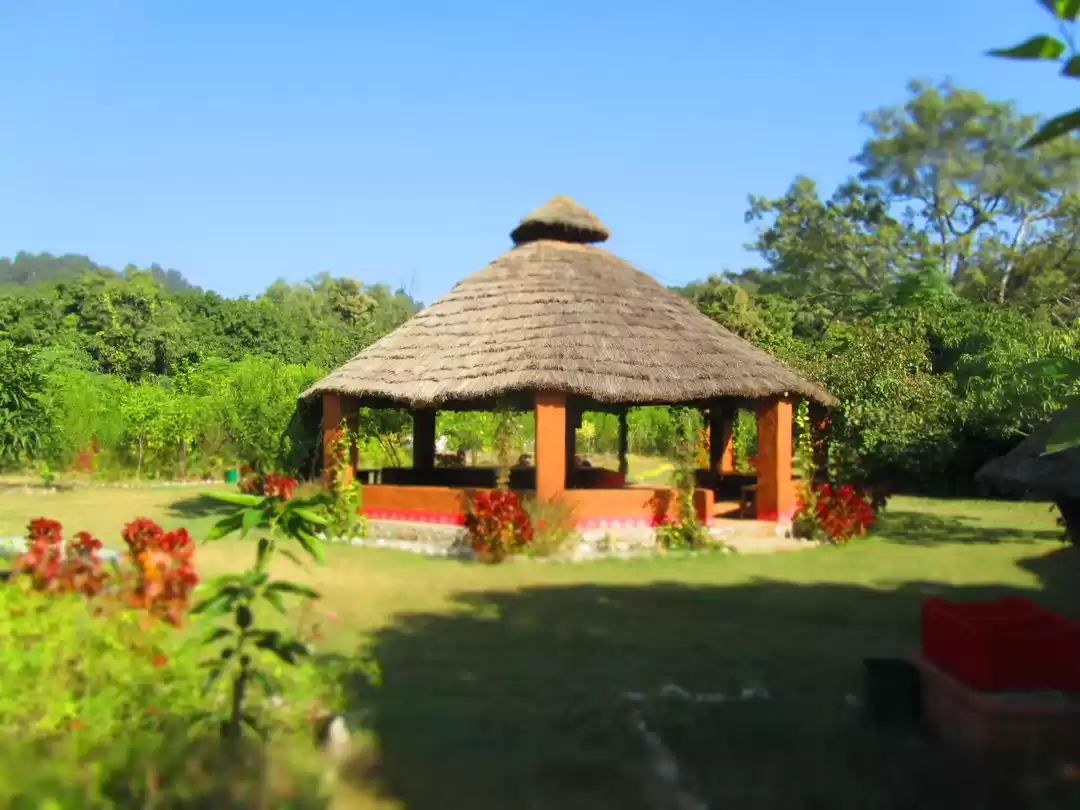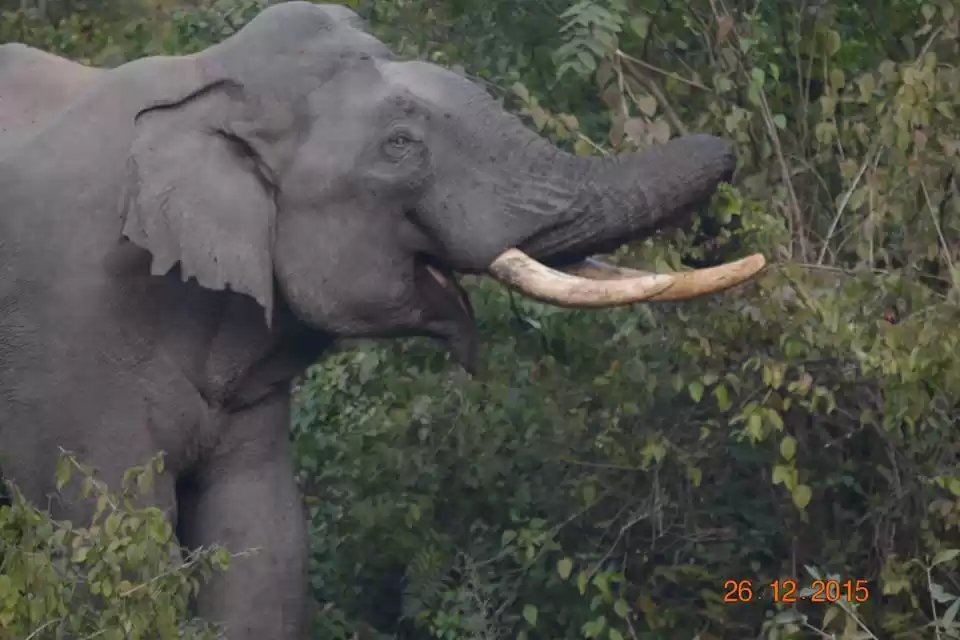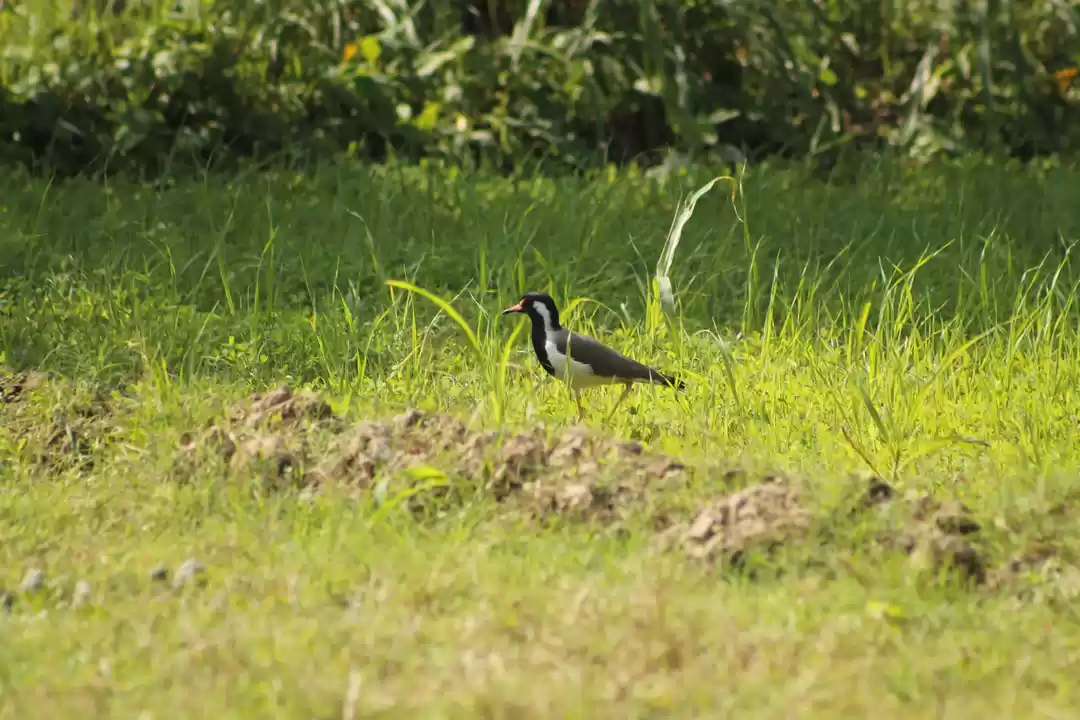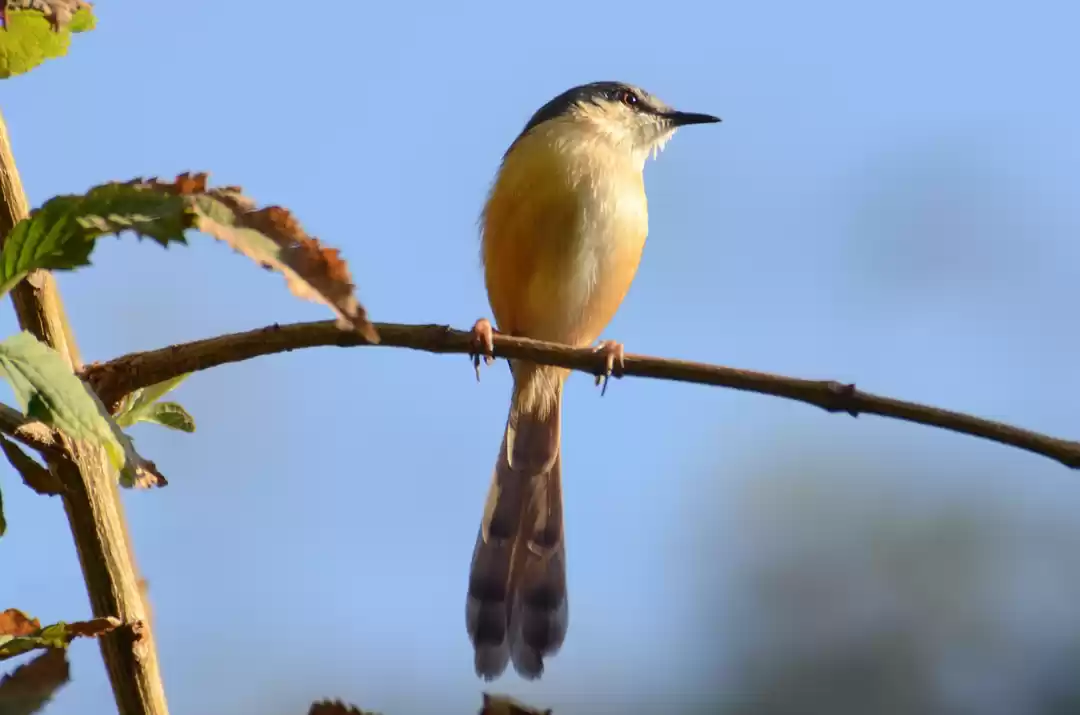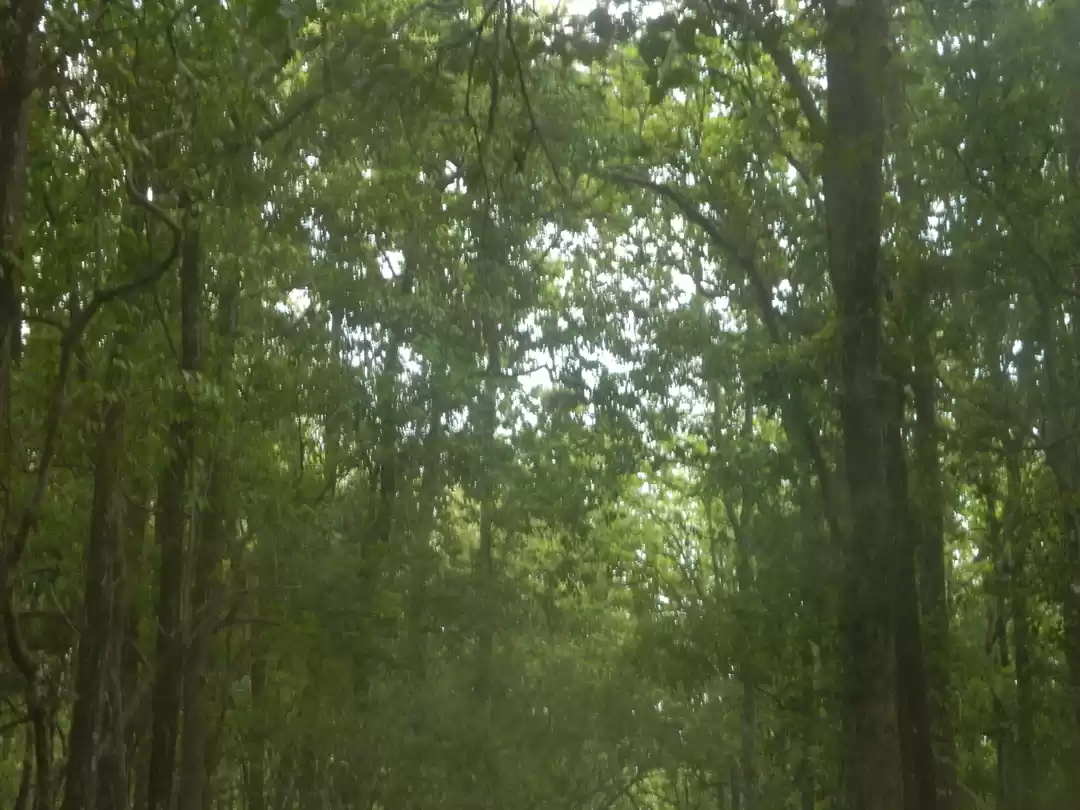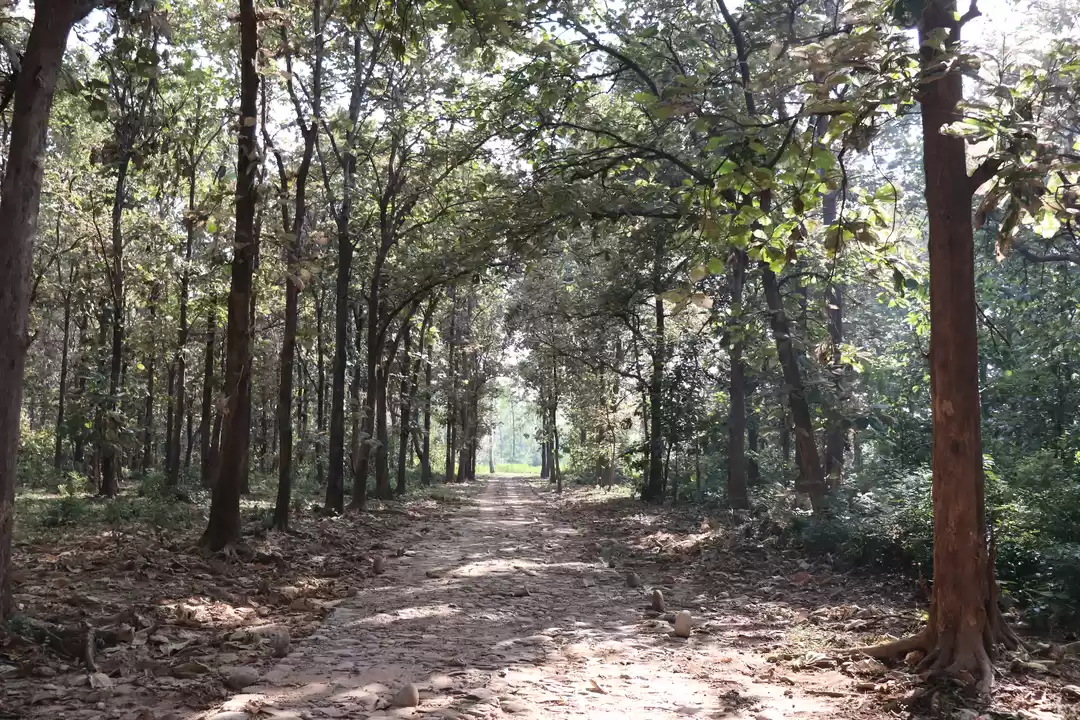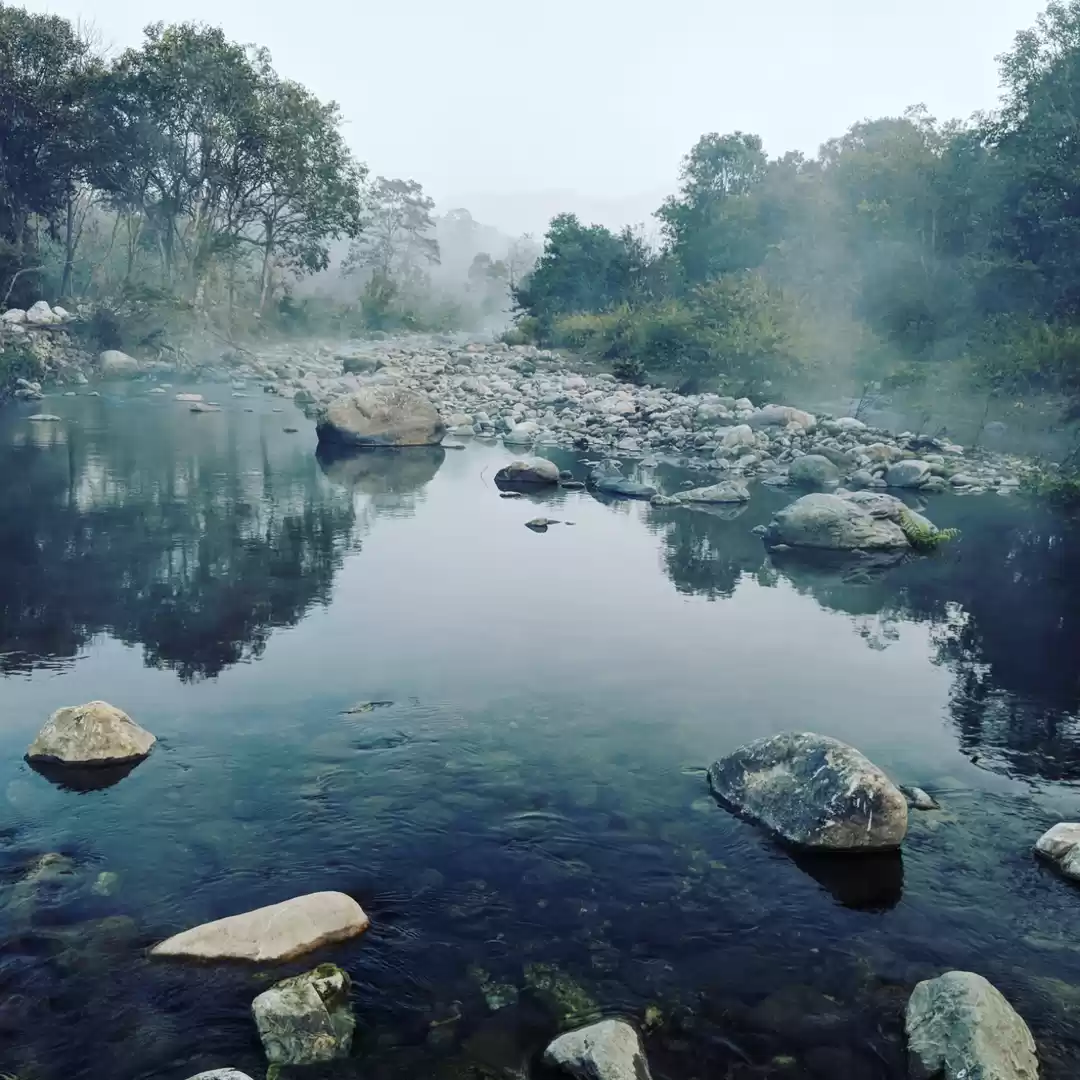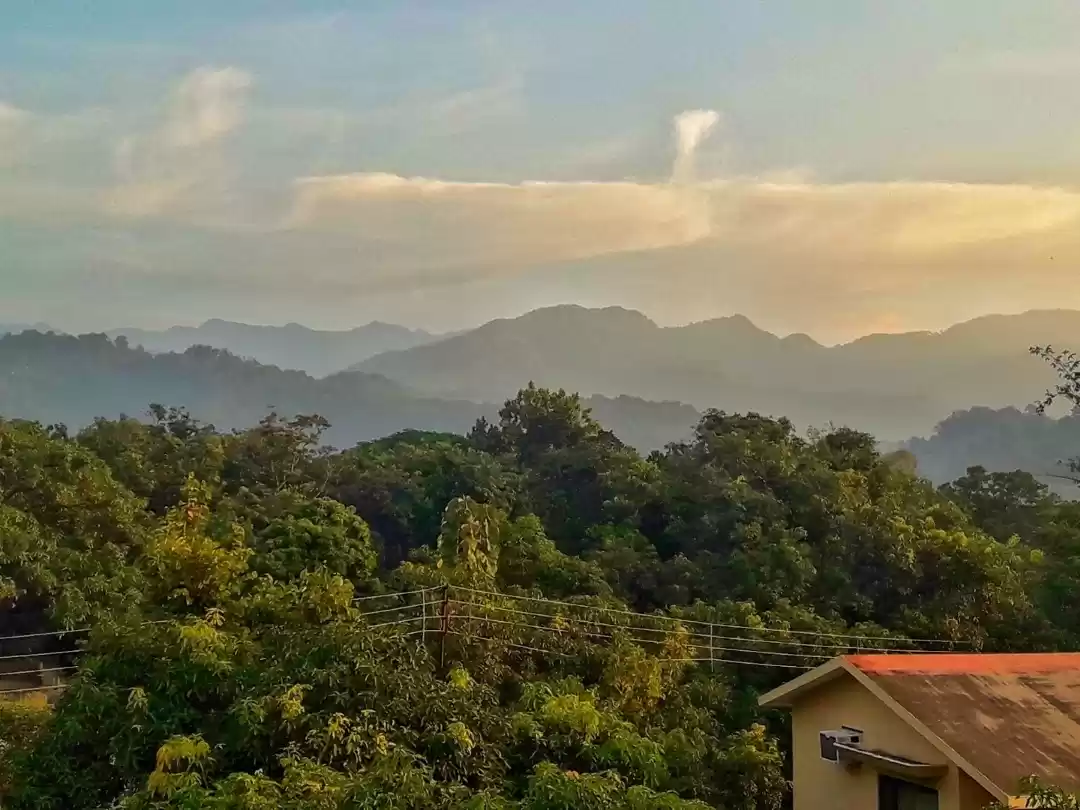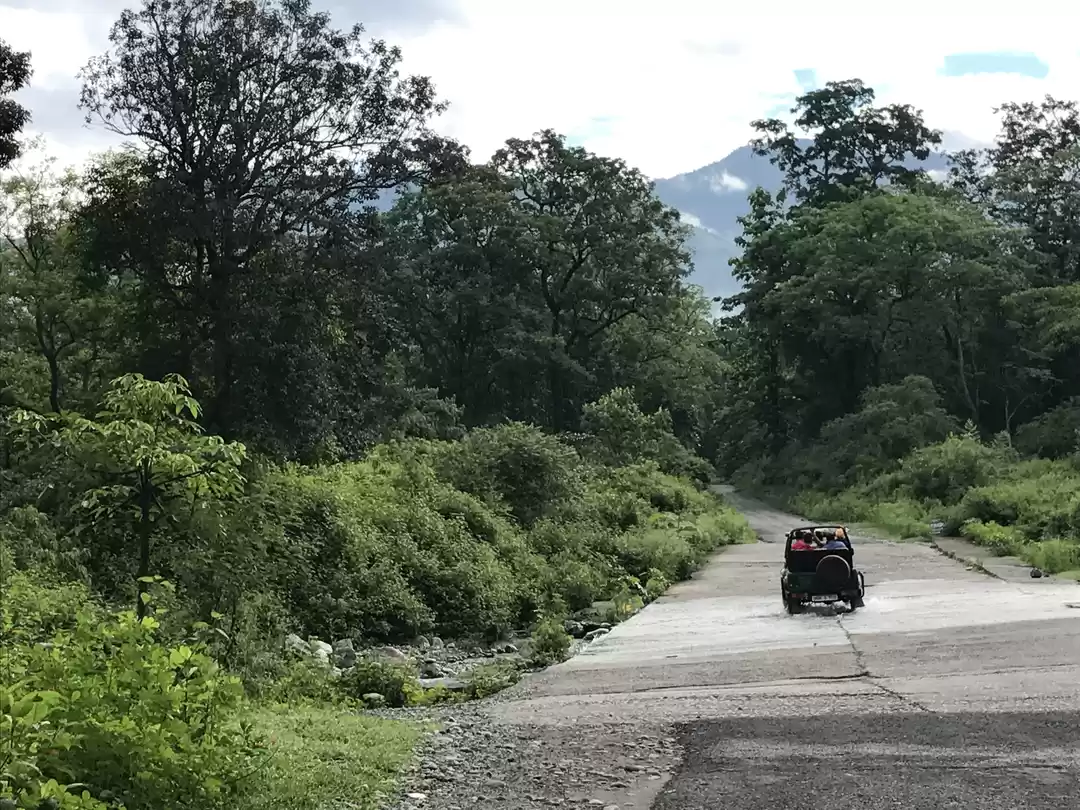Are you looking for a thrilling and memorable adventure in the lap of nature? Do you want to witness the majestic beauty and diversity of India’s oldest and most famous tiger reserve? If yes, then Jim Corbett National Park is the perfect destination for you.
Jim Corbett National Park is a wildlife sanctuary and a national park located in Ramnagar, Uttarakhand, India. It is named after the legendary hunter-turned-conservationist Jim Corbett, who played a key role in establishing the park in 1936 as the first Project Tiger reserve in India. The park covers an area of over 520 square kilometers and is home to more than 650 species of animals, birds, reptiles, and plants. It is one of the few places in the world where you can spot the elusive and endangered Royal Bengal Tiger in its natural habitat.
Jim Corbett National Park offers a variety of attractions and activities for wildlife enthusiasts, nature lovers, and adventure seekers. You can explore the park’s rich biodiversity and scenic beauty through various safari options such as jeep safari, elephant safari, or canter safari. You can also enjoy other activities such as river rafting, bird watching, fishing, camping, or trekking. You can also stay in one of the many forest rest houses or resorts that offer comfortable accommodation and stunning views of the park.
In this article, we will provide you with a complete guide to Jim Corbett National Park and its tourism aspects. We will tell you everything you need to know about the park’s history, location, zones, wildlife, safari options, accommodation options, weather, how to reach, and travel tips. We will also share some interesting facts and insights that will make your trip more enjoyable and memorable. So, let’s get started!
Why Visit Jim Corbett National Park?
Jim Corbett National Park is not just a wildlife sanctuary or a national park. It is a wildlife paradise that offers an unparalleled experience of nature and adventure. Here are some of the reasons why you should visit Jim Corbett National Park:
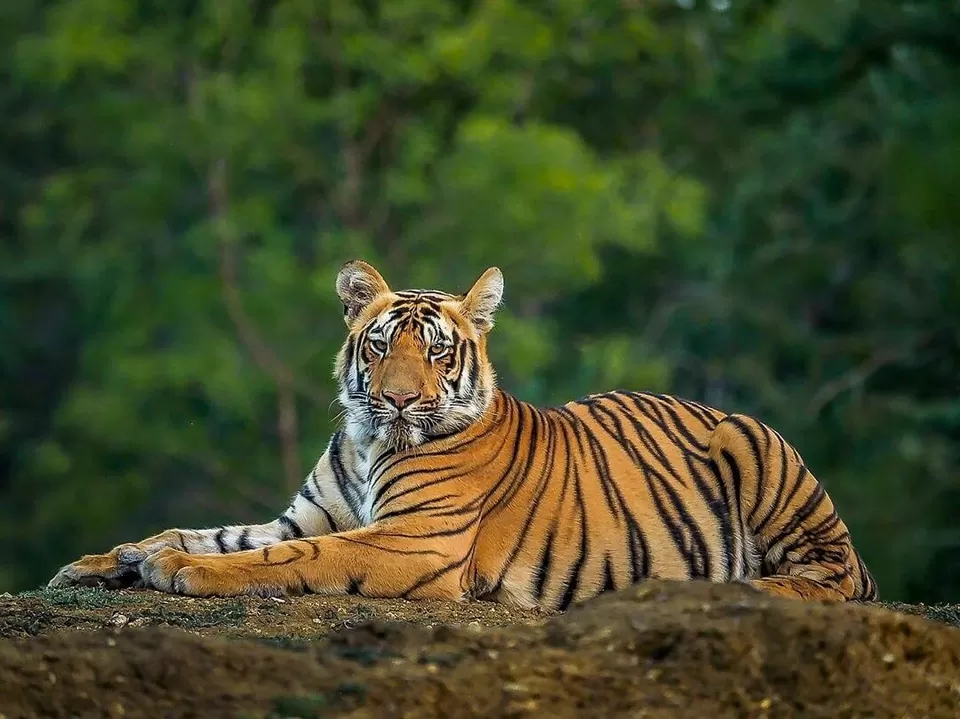
Witness the Royal Bengal Tiger: Jim Corbett National Park is one of the best places in the world to see the Royal Bengal Tiger in its natural habitat. The park has a healthy population of around 250 tigers that roam freely in the dense forests and grasslands. You can spot them from a safe distance during your safari or from your forest rest house balcony. Seeing a tiger in its glory is a sight that you will never forget.
Explore the Rich Biodiversity: Jim Corbett National Park is not only about tigers. It is also home to a variety of other animals such as leopards, elephants, deer, monkeys, crocodiles, bears, jackals, wild boars, and more. You can also see more than 600 species of birds such as eagles, owls, kingfishers, parakeets, hornbills, etc. The park also boasts of a diverse flora that includes sal trees, bamboo groves, orchids, ferns, etc.
Enjoy the Scenic Beauty: Jim Corbett National Park is blessed with a stunning landscape that consists of hills, valleys, rivers, lakes, waterfalls, and grasslands. The park is situated in the foothills of the Himalayas and offers a panoramic view of the snow-capped peaks. The park also has several water bodies such as the Ramganga River, Kosi River, Dhikala Lake, etc. that add to its charm and tranquility.

Experience the Adventure: Jim Corbett National Park is not just a place to see wildlife. It is also a place to experience adventure and thrill. You can choose from various safari options such as jeep safari, elephant safari, or canter safari that will take you deep into the park’s wilderness. You can also enjoy other activities such as river rafting on the Kosi River or fishing on the Ramganga River. You can also go for camping or trekking in the park’s buffer zone or nearby areas.
Learn about the History and Culture: Jim Corbett National Park has a rich history and culture that dates back to centuries. The park was named after Jim Corbett who was born in Nainital in 1875 and spent most of his life in this region. He was a renowned hunter who later became a conservationist and an author. He wrote several books about his hunting expeditions and his encounters with man-eating tigers and leopards. He also helped establish the park as India’s first Project Tiger reserve in 1936. You can learn more about his life and legacy at his museum in Kaladhungi or his winter home in Chhoti Haldwani.
Relax and Rejuvenate: Jim Corbett National Park is not only a place to see and do things. It is also a place to relax and rejuvenate your mind, body, and soul. You can stay in one of the many forest rest houses or resorts that offer comfortable accommodation and stunning views of the park. You can also enjoy the local cuisine and culture of the Kumaon region. You can also indulge in some spa or yoga sessions or simply soak in the natural beauty and serenity of the park.
How to Plan Your Trip to Jim Corbett National Park?
Jim Corbett National Park is a popular tourist destination that attracts thousands of visitors every year. To make the most of your trip, you need to plan it well in advance and follow some guidelines. Here are some tips on how to plan your trip to Jim Corbett National Park:
Choose the Right Zone:
Jim Corbett National Park is divided into six tourism zones that have different characteristics and attractions. They are Dhikala, Bijrani, Jhirna, Durgadevi, Dhela, and Sonanadi. Each zone has its own entry gate, safari timings, and accommodation facilities. You need to choose the zone that suits your preferences and availability. Here is a brief overview of each zone:

Dhikala: Dhikala is the largest and most popular zone in Jim Corbett National Park. It is located at the core area of the park and offers the best chances of spotting a tiger. It also has a variety of other wildlife such as elephants, deer, crocodiles, etc. It also has the most scenic views of the park such as the Ramganga River, Dhikala Lake, etc. Dhikala zone is open from mid-November to mid-June and can be accessed only by canter safari or by staying in one of the forest rest houses.
Bijrani: Bijrani is another popular zone in Jim Corbett National Park that is known for its high density of tigers and other animals. It is located near the Ramnagar town and offers a diverse terrain of forests, grasslands, and streams. Bijrani zone is open from October to June and can be accessed by jeep safari or by staying in one of the forest rest houses.
Jhirna: Jhirna is a buffer zone in Jim Corbett National Park that is open throughout the year. It is located near the southern boundary of the park and offers a good chance of seeing wildlife such as deer, monkeys, wild boars, etc. It also has some attractions such as an old temple, a waterfall, etc. Jhirna zone can be accessed by jeep safari or by staying in one of the forest rest houses.
Durgadevi: Durgadevi is another buffer zone in Jim Corbett National Park that is open from October to June. It is located near the northern boundary of the park and offers a challenging terrain of hills, valleys, and rivers. Durgadevi zone is ideal for bird watching as it has more than 400 species of birds such as eagles, owls, kingfishers, etc. Durgadevi zone can be accessed by jeep safari or by staying in one of the forest rest houses.
Dhela: Dhela is a new buffer zone in Jim Corbett National Park that was opened in 2014. It is located near the Jhirna zone and offers a similar landscape of forests and grasslands. Dhela zone is open throughout the year and can be accessed by jeep safari or by staying in one of the forest rest houses.
Sonanadi: Sonanadi is another buffer zone in Jim Corbett National Park that is open throughout the year. It is located near the western boundary of the park and offers a pristine environment of forests and rivers. Sonanadi zone is ideal for nature lovers and wildlife photographers as it has a rich flora and fauna such as tigers, leopards, elephants, etc. Sonanadi zone can be accessed by jeep safari or by staying in one of the forest rest houses.
Book Your Safari and Accommodation:
Jim Corbett National Park is a highly regulated area that requires prior booking for safari and accommodation. You need to book your safari and accommodation online through the official website of Jim Corbett National Park or through authorized travel agents or tour operators. You need to book your safari and accommodation at least 45 days in advance for Indian nationals and 90 days in advance for foreign nationals. You also need to carry your valid ID proof such as passport, voter ID card, driving license, etc. along with your booking confirmation at the time of entry.
Choose the Best Safari Option:
Jim Corbett National Park offers three types of safari options: jeep safari, elephant safari, and canter safari. Each safari option has its own advantages and disadvantages. You need to choose the best safari option that suits your budget, availability, and preference.
What Else to Do in Jim Corbett National Park?
Jim Corbett National Park is not only a place to see wildlife but also a place to do many other things that will make your trip more fun and memorable. Here are some of the other activities and attractions that you can enjoy in and around the park:
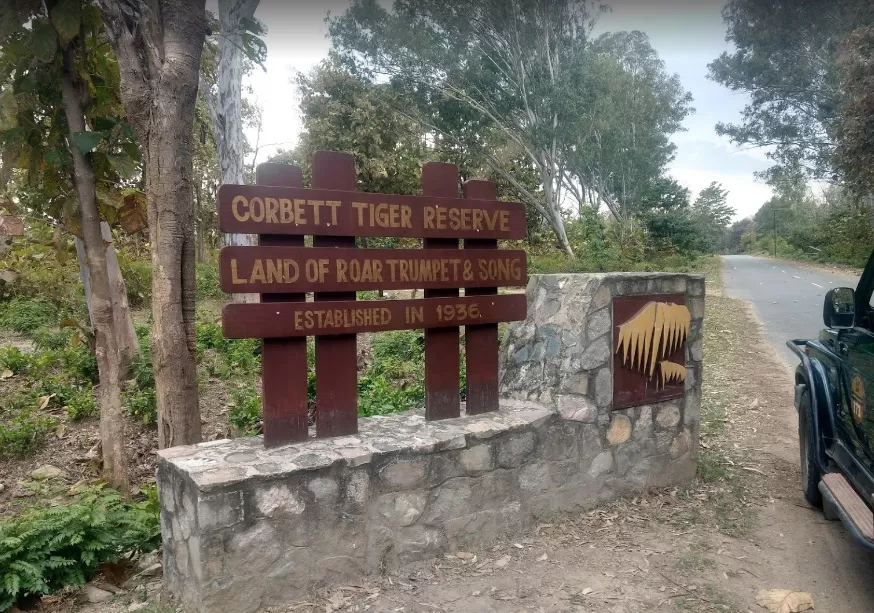
River Rafting:
If you are looking for some adrenaline rush, you can try river rafting on the Kosi River that flows along the park’s boundary. You can experience the thrill of riding the rapids and splashing through the water. River rafting is available from October to June and can be booked through local operators or resorts. River rafting costs around Rs. 1000 per person for a 10 km stretch.
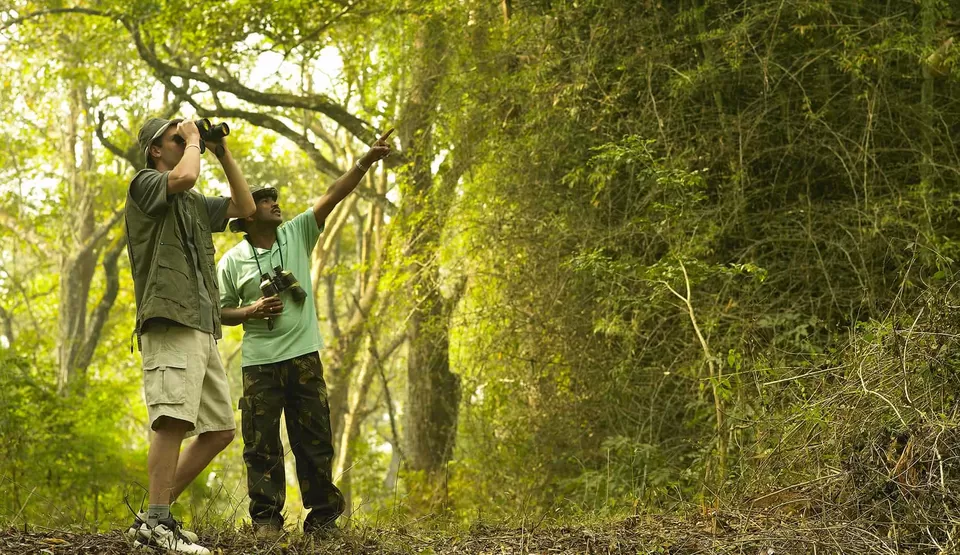
Bird Watching:
If you are fond of birds, you can indulge in bird watching in Jim Corbett National Park. The park has more than 600 species of birds that can be seen throughout the year. You can spot colorful and exotic birds such as eagles, owls, kingfishers, parakeets, hornbills, etc. You can also visit the nearby Corbett Waterfall or Garjiya Devi Temple that are popular birding spots. You can carry your own binoculars or rent them from local shops or resorts.
Fishing:
If you are interested in fishing, you can try your luck on the Ramganga River that flows through the park. The river is home to several fish species such as mahseer, catfish, trout, etc. You can enjoy fishing in a serene and scenic environment with the permission of the park authorities. Fishing is allowed from October to June and can be booked through local operators or resorts. Fishing costs around Rs. 500 per person per day.
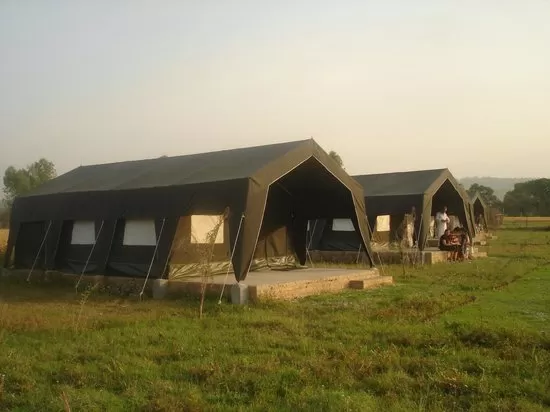
Camping:
If you want to have an adventurous and eco-friendly stay in the park, you can opt for camping in Jim Corbett National Park. You can stay in temporary tents that are set up inside or outside the park’s boundary by private operators or local communities. You can enjoy the basic amenities such as mattresses, blankets, toilets, etc. You can also enjoy the authentic experience of living in nature and interacting with locals. Camping is available throughout the year and can be booked online through their own websites or through third-party platforms. Camps charge around Rs. 500 to Rs. 2000 per person per night depending on their location and facilities.
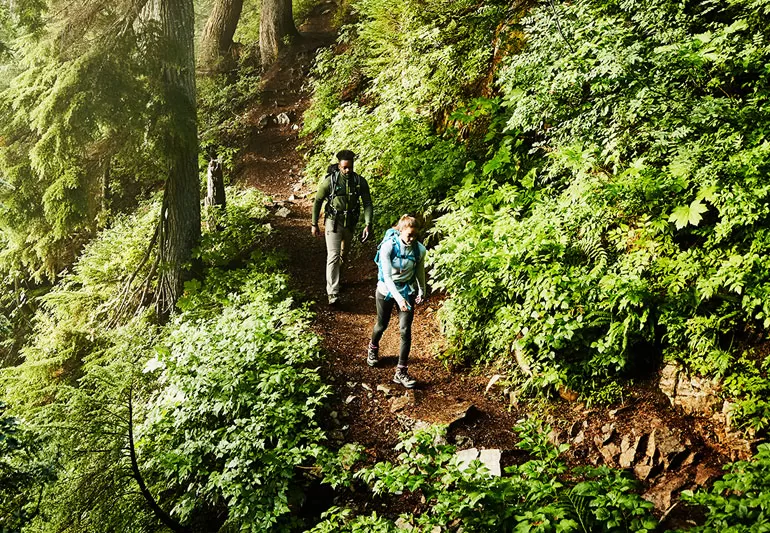
Trekking:
If you want to explore the park’s buffer zone or nearby areas on foot, you can go for trekking in Jim Corbett National Park. You can choose from various trails that range from easy to difficult and offer different views and experiences of the park’s landscape and wildlife. You can also hire a guide or join a group for safety and guidance. Trekking is available throughout the year and can be booked through local operators or resorts. Trekking costs around Rs. 1000 to Rs. 3000 per person per day depending on the trail and duration.
Planning a Trip to Jim Corbett? This Extensive Guide Is the Only Thing You'll Need!
How to Reach
There are different ways to reach Jim Corbett National Park from Delhi. The most convenient way is by road, which takes around 6 hours. You can drive your own car or take a bus or a taxi. The shortest route is Delhi - Gajraula - Moradabad - Kashipur - Ramnagar.
Another way is by train, which takes around 5 hours. You can take a train from New Delhi to Ramnagar, which is the nearest railway station to the park. There are regular trains that connect the two cities through New Delhi.
The least preferred way is by flight, which takes around 4 hours. You can take a flight from Delhi to Dehradun, which is the nearest airport to the park. Then you can take a taxi or a bus to reach Ramnagar, which is around 156 km away
Jim Corbett National Park is a wildlife paradise that offers an unparalleled experience of nature and adventure. It is one of the best places in India to see the Royal Bengal Tiger and other animals and birds in their natural habitat. It also offers a variety of attractions and activities such as safari, rafting, fishing, camping, trekking, etc. that will make your trip more enjoyable and memorable.
You may also like to check out: 6 Things To Do in Jim Corbett National Park
If you are planning to visit Jim Corbett National Park, you need to book your safari and accommodation well in advance and follow some guidelines and tips that we have provided in this article. You also need to carry your valid ID proof and booking confirmation at the time of entry.
We hope this article helps you with your trip planning and gives you some useful information and insights about Jim Corbett National Park. If you have any questions or feedbacks for us please let us know in the comments section below.
Thank you for reading this article and choosing Tripoto as your travel partner. We wish you a happy and safe journey to Jim Corbett National Park!







